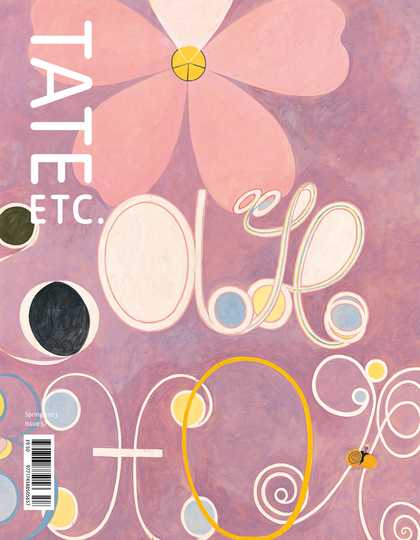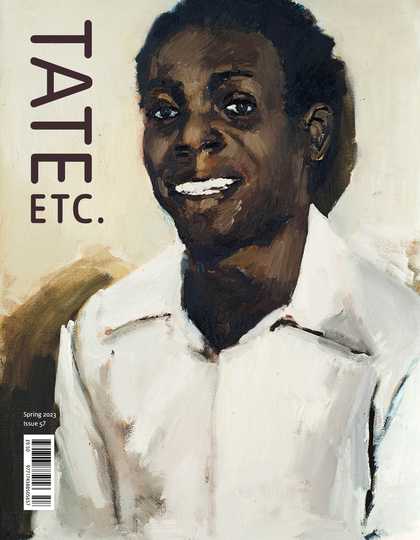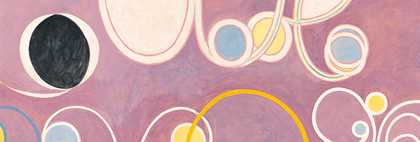Editorial
During the making of this issue of Tate Etc., we thought a lot about networks or groups of interconnected people and things. Network derives from ‘net’, one of humankind’s oldest tools, and the name for one of our most modern. For the philosopher Bruno Latour (1947–2022), the world exists in a shifting network of relationships – not only between humans but also between objects, ideas and processes.
It is an invisible network that links two visionary artists in our cover feature. Hilma af Klint and Piet Mondrian never met but had plenty in common. In fact, it is their shared connections – artistic, biographical, spiritual, natural – that form the basis not only of a major exhibition at Tate Modern this spring but also a new way of thinking about art and its history, as Tate Modern Director Frances Morris writes. ‘Those granted the gift of seeing more deeply’, af Klint said, ‘can see beyond form, and concentrate on the wondrous aspect hiding behind every form, which is called life.’
The artist Magdalena Abakanowicz believed that it is ‘from fibre that all living organisms are built, the tissues of plants, leaves and ourselves.’ It is an idea that it is easy to believe when you stand before her imposing woven Abakan sculptures at Tate Modern. In a feature, Marysia Lewandowska explores the netted fabric of Abakanowicz’s constructions as well as the vast network of artistic connections that she maintained from behind the Iron Curtain: ‘from her Warsaw studio, she ran a vast operation, aided by a couple of assistants, a telephone, a fax and a typewriter.’
The relationships between the members of the Rossetti generation form the basis of an exhibition coming to Tate Britain this season. For writer Amina Cain, their art was inspired by ‘collaborations of all kinds... not just artistically but in the very ways that they lived and knew each other’. Working together to transcend the boundaries between painting and life, the Rossettis and their circle were far more than we imagine them to be – a rebellious, closely knit group who forever changed the way we think about art.
Elsewhere, we can see networks of family, biology and history within the art of Isaac Julien, Donald Rodney, Barbara Hepworth, Lucian Freud, Bob and Roberta Smith and Lynette Yiadom-Boakye. This season, Tate itself might be thought of as a complex net, gathering together the art and culture of our time.
Tate Etc.




